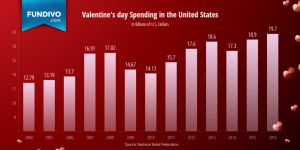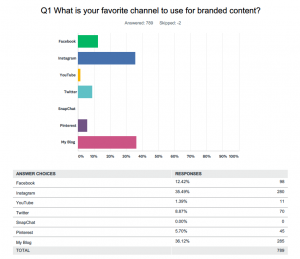Search Beyond Google: The Future Of Brand Discovery
Search: It’s Google’s world. We’re just living in it.
This may have been true in the past, but not anymore.
Google is still the dominant traditional search engine, but AI advances and shifting consumer behaviors have changed the world of search as we know it. Social media and ecommerce have become mechanisms for consumers to discover and purchase new items, without leaving their preferred apps and platforms.
Marketers need to understand and adapt to the new ecosystem of search and brand discovery.
Let’s unpack these three key aspects of Search 2.0.
Search is social. Any social platform with a search bar has discovery and SEO potential — in other words, the potential for your brand to reach new users. So, while creating a search strategy for BeReal may be a bit of a stretch, it’s time to be serious about optimizing for the search function on platforms like TikTok, Instagram, YouTube, and Pinterest. Develop a keyword strategy to promote product discovery and increase conversions on each platform.
Younger generations in particular tend to view short-form videos results as more useful in their search and discovery process. Whether they are looking for products, a tutorial, or advice, they can see an interactive video in response to their query as well as comments from other users.
So, take a deeper look at your social media presence from the lens of an SEO. Explore ways to optimize your content to match what consumers are searching.
Search is ecommerce. The ecommerce potential of search extends beyond social. A recent ChannelAdvisor survey showed that Amazon, Google, and eBay have become the top three search destinations in the U.S. In another multiple-selection survey by Jungle Scout, 60% of online shoppers reported that they start product searches on Amazon, a total greater than for all search engines combined.
Take the ever-shortening purchase cycle into consideration as well. People are more likely than ever to discover a product for the first time and immediately purchase it. That’s the beauty of ecommerce today.
Tailor your content to rank for product-focused search queries. Use the space available on product pages and your brand page to include a blend of relevant branded and unbranded keywords.
Search is omnichannel. Strong website SEO paired with paid search engine marketing is becoming table stakes. The challenge now is to elevate search beyond Google, Bing, and Yahoo and incorporate social and digital marketplaces into an omnichannel search strategy.
Is TikTok a brand-building social platform, a search engine, or an ecommerce marketplace? Is Amazon a search engine, a retail media platform, or a marketplace? Both are all of the above. This is why, as an industry, we need to stop treating each advertising channel as a specific tactic for a specific stage of the funnel. Instead, let’s capitalize on the full-funnel potential these continually evolving marketing platforms have to offer.
At the end of the day, just be human. The true evolution of “Search 2.0” is to make search match the entire user experience. This means we need to extend an SEO approach to all possible channels in the media mix.
(31)
Report Post






